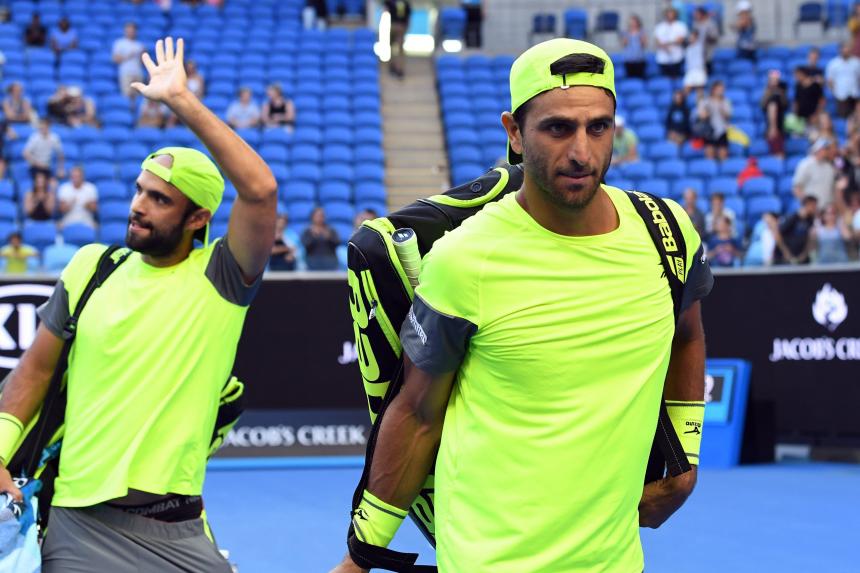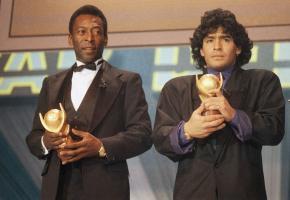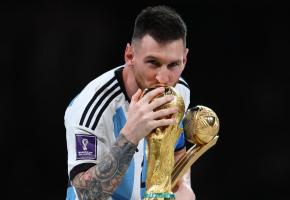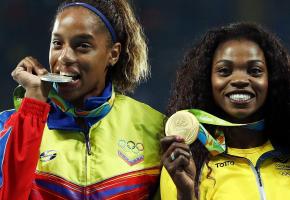They call Cali the capital of Salsa. But some of us are increasingly looking to the lush lands of West Colombia, not for dance moves, but tennis players. Juan Sebastian Cabal and Robert Farah are two of them, now the world’s #1 ranked doubles players. When I interviewed the Colombian duo they were at the ATP Finals in London in 2018, where 250,000 tennis fans pack the arena twice a day, every day for a week, to watch an elite group of the best players in the world battle it out.
“It was unbelievable,” says Juan Sebastian. “For me I think it was my favourite tennis tournament of the whole year. Just the top players, all on one court, with the stadium packed every day. It just has an incredible atmosphere.”
It is even more incredible that, after years of only producing medium ranked tennis players and sporadically at that, Juan Sebastian and Robert are part of a generation of Colombian tennis players making the top 100. There’s Santiago Giraldo, who reached 28 in the world, Fabiola Zuluega, the first Colombian tennis player to reach a Grand Slam semi-final, Alejandro Falla, another Caleño who nearly knocked Federer out on centre court at Wimbledon in 2010, but also Mariana Duque and Alejandro Gonzalez, all of whom have made it to the 100.
It’s unprecedented in Colombian history. Previous to this generation of players only Mauricio Haddad, also from Cali, finished in the top 100, and that was in 1995.
“Before, we would have one or two good players, once in a while, but now we have had many players in the top 100 over the last 15 years, you have Santiago who was 29, Fabiola, Falla and, now, me and Rob who are doing well in doubles.”
Doing well is putting it midly. The pair had consistantly reached the last rounds of major tournaments in 2018, and went on to win Wimbledon and the US Open in 2019 finishing the year as the world's no.1.
Proud Colombians, the two are especially proud of the city of Cali, famous for its Salsa bands and dancers, but not tennis players. Juan Sebastian boasts: “when we were young, Cali had some of the best players of the nationals. I feel proud that so many tennis players have come from Cali.” Robert adds: “We still play for the state of Cali. But we also feel very proud to be Colombian and represent Colombia.”
So what’s behind the new success of Colombian tennis? Without hesitation, Juan Sebastian, points to Colsanitas, a national health insurance company which has pretty much supported the careers of all the above players from a young age.
“There were talented tennis players who didn’t have the same financial support that we had. The Colombian Federation doesn’t have any money, I didn’t receive any funding from them, but Colsanitas started supporting a group of players, paying for our coaching, our travel to tournaments and food. It has been instrumental in creating this generation of tennis players.”
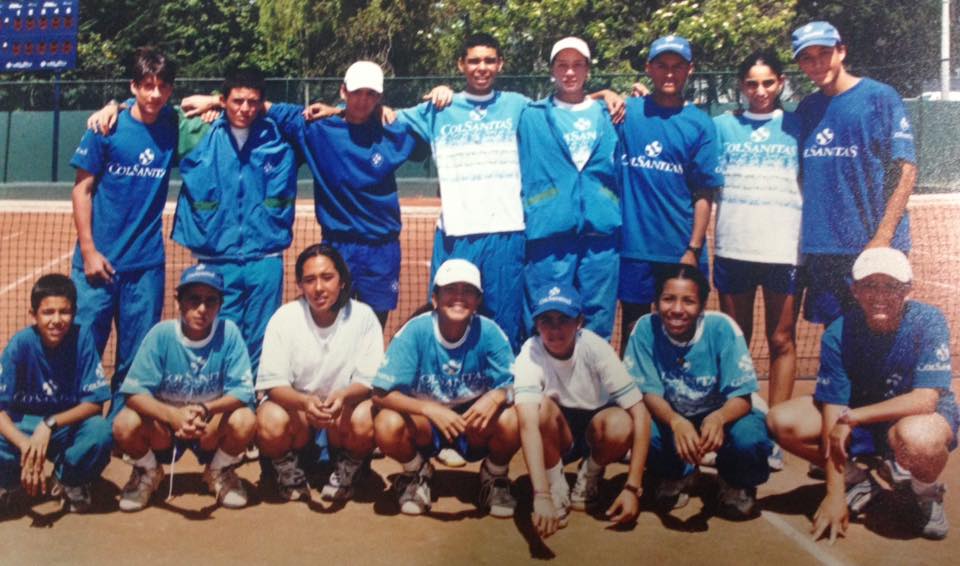
Robert Farah was born in Canada to Lebanese parents but moved to Cali when he was 3 months old: “Initially my dad was my coach, he taught me everything I know, till I was 14. He pushed me and was with me through thick and thin. But we got very lucky with this sponsor which began supporting me when I was 11.”
Both Robert and Seba, as Robert refers to his partner, credit the CEO of Colsanitas at the time, Roberto Cocheteaux:
“He was the one who had the vision. He was a tennis fan and played himself. One day, one of the tournaments in Bogotá went to him and asked for support. From then on he got more and more involved, managing the tournament, sponsoring the country’s best juniors and worked closely with the tennis Federation to set up structures to nurture them.”
Indeed the ColSanitas WTA tournament in Bogota has become one of the major tournaments on the women’s tennis tour, attracting players such as Angelique Kerber and Claudia Pennetta who went on became the world’s best players. But the key, Robert stresses, was that Cocheteaux had a different model of sponsorship.
“Cocheteau and Colsanitas made a family out of us,” he says. “They created an academy where we trained with each other all the time and pushed each other. It wasn’t just everybody for themselves but more of a group thing. So, from the age of 12 we all practiced together, travelled together, ate together, all funded by them.”
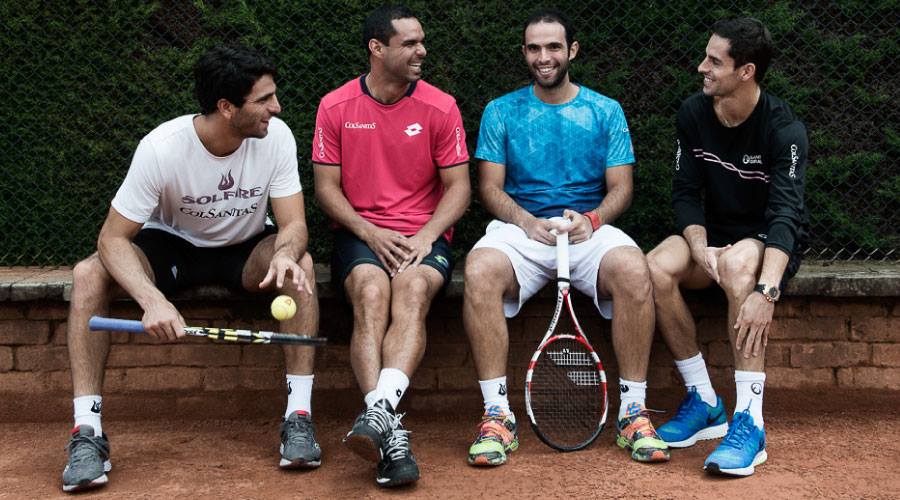 Left to right: Robert Farah, Alejandro Falla, Juan Sebastian Cabal and Santiago Giraldo
Left to right: Robert Farah, Alejandro Falla, Juan Sebastian Cabal and Santiago Giraldo
Juan Sebastian reached 180 in the singles circuit and Robert,163. Both sustained injuries which started to infringe on their careers, but both also had very good ranking in doubles.
“I had to make a decision,” says Juan Sebastian. “Since I always had good results in doubles it wasn’t a difficult decision to make, as I knew I’d be able to keep competing at a high level if I played doubles, rather than keep getting injured as a singles player.”
Finding the right partner, who you get on with on and off the court, is the greatest challenge in doubles, he says: “you have to become one on the court so the communication is really important. You also have to get along because you are with each other a lot.”
But the decision came naturally for both players: “Robert and I have known each other since we were 6. We’ve always been good friends on and off the court.”
Robert adds: “Even before we were in the Colsanitas team together, from the age of 7, as the best two players in our region, we would be paired up. We would go to the nationals and win all the national tournaments. When we were in ColSaninas that bond got tighter.”
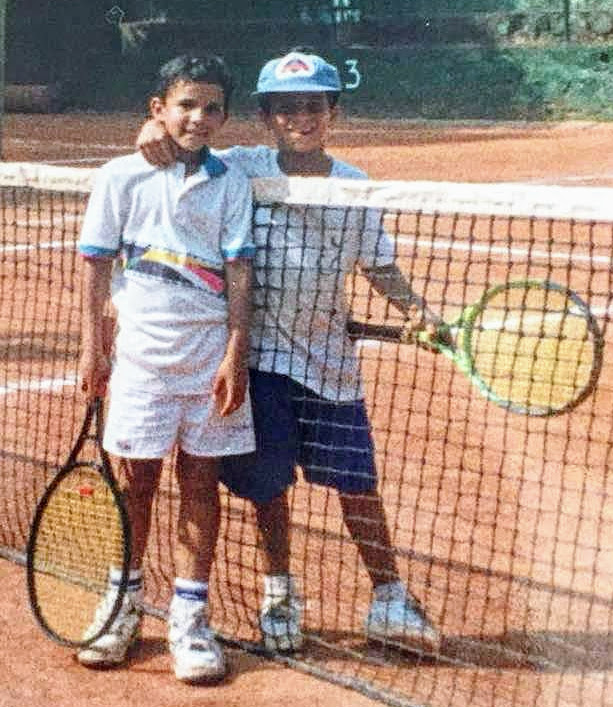 Juan Sebastian and Robert aged 7
Juan Sebastian and Robert aged 7
In 2010, the Farah/Cabal duo started playing in Futures and Challenger tournaments and began winning almost immediately. In 2011 they broke the top 100 and played at Wimbledon for the first time, which started a run of competing in ATP tournaments, the major tennis circuit that the Grand Slams are part of. In 2013 they both decided to give up singles and focus all their energies on doubles.
“Seba and I have played against each other so many times. We are both very competitive and don’t like competing against each other any more. We both wanted to join forces and compete together against others.”
It is clear, talking to both of them, that the family environment created by Colsanitas Academy has contributed much to the Cabal/Farah success.
“We go so far back that in some ways we share more together than with our own families. In fact we are like family,” says Robert. “We’ve both grown up, but the relationship between us remains the same. Seba has a wife now and son Jacobo, and I’m like the uncle. It’s a really nice relationship.”
Both players agree that communication is key. Robert: “You have to come through tough times together and be humble enough to realise that your partner is trying to help you. You don’t get defensive, if he is telling you something its because he is trying to help you improve and vice versa.”
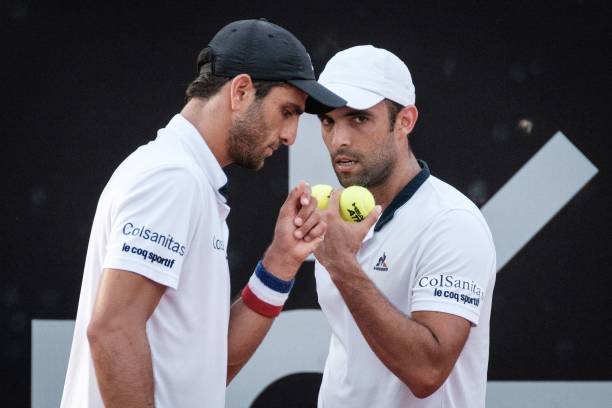
Seba agrees: “We can be honest with each other. We want the same things, we want to win the big tournaments, the grand slams and we are both willing to put the training in.”
It’s more than just about going way back, says Robert. “It’s also about chemistry, The personalities have to fit because personalities you can’t change. Seba is laid back, I have more nervous energy, so it's a good balance.”
Indeed, The ATP tennis circuit is notoriously tough to bear, and keeping both calm and motivated, is not always easy.
“Well also, being better doubles players than singles players means that you are able to bear the pain and stresses more.” Robert adds. “It’s easier to go through the tough moments if you are doing well generally.”
While doubles tennis does not generate the idolatry to make them into super stars like Federer or Nadal, it certainly has its fans, especially in the UK, where many often prefer to watch it over singles.
“It’s fast-paced and explosive, a game of quick reactions,” says Cabal “Obviously the top ten singles players are the superstars, but you can make a good living as a doubles player if you are in the Top 40 and get to enter the best tournaments, with the biggest prize money”
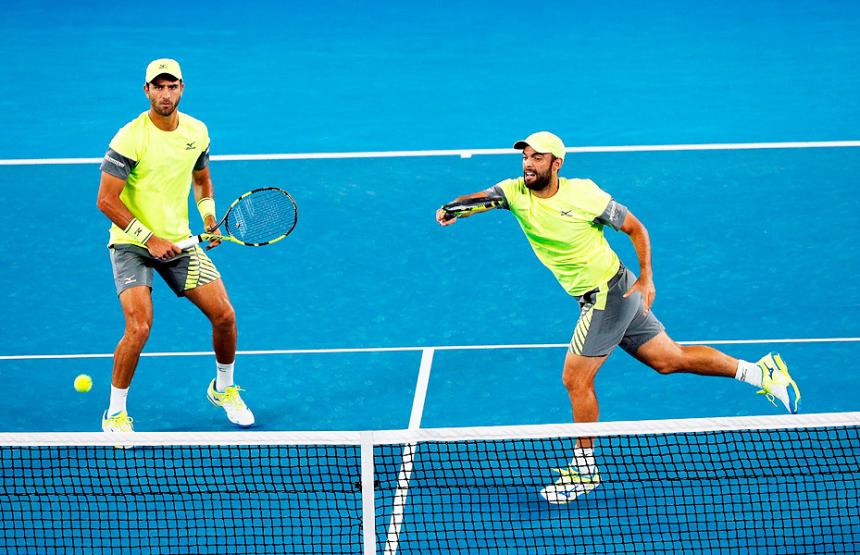
The success of US twins Bryan and Bryan, has also heightened the profile of tennis doubles. And the Colombian media have taken the Farah/Cabal success with gusto. With potentially another 10 years left in their career, there’ll no doubt be a lot more for the Colombian media to celebrate.
“We want to win everything,” they both declare. ”Wimbledon, Roland Garros, all the Gland Slams, Davis Cup, Olympics…every thing.”
The long term picture of Colombian tennis is also exciting. It’s difficult for a country to produce great players when it lacks the tradition and expertise of coaches who were former high ranking players. For example Cabal/Farah have had to look to South Africa and Australia for their coaches and physiotherapists. But because of this generation of players, Colombia now has the role models, as well the experience within the country, that future tennis players will be able to draw on.
In the end, however, Seba points out that creating future tennis generation in Colombia is about the funding. And he hopes this will continue.
“If the funding and support continues then the players will come. We have the athletes. I know players who’ve had to train in the mornig, go to day jobs, then train more in the afternoon.” He says. ”Roberto Cocheteau had the vision, it was a business risk he took but it was also a personal vision and on both counts the investment has paid off, the company gets a lot of publicity and for Roberto he will always be recognised. This is his legacy.”


